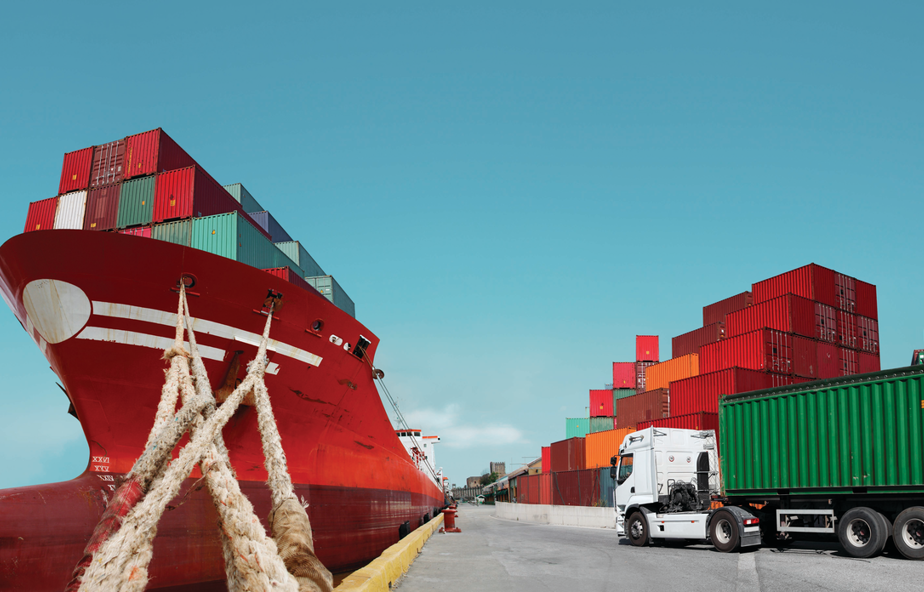Across the global economy inflation is rising and central banks are increasing interest rates in response. Higher interest rates increase the cost of borrowing money and curb spending and investment, which helps reduce inflation.
There’s no doubt that low interest rates and the ‘cheap money’ they enabled have for many years helped keep inflation low and created many business opportunities. But now, rates are heading upwards and are likely to do so for some time.
What might these increases mean for your business, your customers and your insurance?
“These rises aren’t a cause to panic,” says Helen Kong, Senior Marine Claims Specialist at NTI, “but it’s essential to consider how they might impact your business. That way, you can make prudent, informed decisions about how to adapt.”
Inflation’s impact on trade and commodities
Australia’s inflation rate may reach 7% by the end of 2022, thanks to a ‘perfect storm’ of influences in the global economy.
As the pandemic receded through late 2021 and into 2022, global economic activity recovered, increasing commodity demand and putting upwards pressure on costs and prices.
Then Russia began its war against the Ukraine, which has pushed inflation even higher. The conflict has led to increased freight costs, port closures, supply chain disruptions and spiralling commodity prices.
Meanwhile, in South Korea truckers have been striking in response to fuel cost increases, reducing port traffic volumes and further increasing upwards pressure on prices.
Higher inflation also has a ‘ripple’ effect, pushing up overhead costs including labour, fuel, transport, insurance and other inputs needed to bring commodities to market.
The upside is that high commodity prices benefit Australian exporters. The downside is that goods and services in Australia become more expensive to purchase, as Helen explains:
“On the import – export side, higher inflation leads to lower international competitiveness for Australian goods and services. This will lead to fewer exports but more imports of finished goods into the country.
“But the good news is that Australia is a major exporter of many commodities, such as iron ore, coal, natural gas, meat and grain. All of these are in high demand and are benefiting from higher prices.
“Wheat is just one example – prices surged by 19.7% in March alone.
“So, as long as overseas demand for our commodities remains strong – as it’s likely to do – Australia’s export markets will remain strong.”
What’s the insurance angle?
The impact of these price changes on insurance is simple: costs will likely go up. For example, if you’re making a claim, it’ll be impacted by higher freight, repair and replacement costs.
Business disruptions will also be longer due to disrupted manufacturing and supply chains. With parts and replacements costing more and taking longer to arrive, prudent operators will have contingency plans to cover ‘worst-case’ scenarios.
Finally, one unfortunate impact of higher inflation can be more theft claims. Helen notes: “Opportunistic and organised criminals will try to take advantage of any situation, and the changes caused by higher interest rates are no exception.”
What can you do?
Increased prices for commodities (such as wheat) increase shipment values. Similarly, ocean freight costs have skyrocketed by more than one-third (around 35 %) in the last year. Your total sum insured amounts must reflect these changed values.
“If you’re running a business, then review your annual declared sendings and all your sum insured and agreed values,” Helen says.
When it comes to claims, “replacement and repair costs are also likely to be higher,” Helen notes. “Contact your broker if you’re unsure or want to review anything.”
“On the broker side, reach out to your clients. Talk to them about their current situation and check they’re across the changes that may affect their operations.
“In particular, it’s worth having a conversation about their sums insured, agreed values and supply chain risks.”
For example, businesses consolidating their shipping into a smaller number of higher value shipments, shipping to or from different countries or via different routes to avoid congestion should check that their current policy coverage is correct.
Underinsurance is another concern as it can have serious consequences, putting clients at risk of severe financial and operational losses.
Some policies cover the goods for their invoice value or the repair costs, but not the costs to replace them. With the increasing inflation rate, replacing the goods could cost much more than their original price. Check that your clients are fully aware of, and comfortable with, their policy basis of valuation.
There’s no doubt that the current economic conditions are a source of potential costs and complications for companies across all industries.
“But with forethought and planning,” Helen says, “businesses can minimise their impact and position themselves for continued success.”
